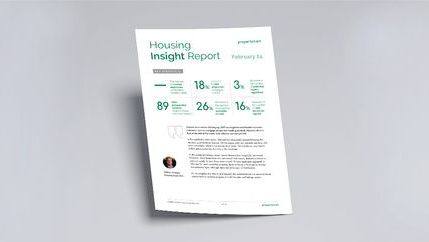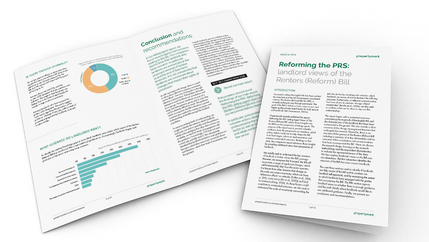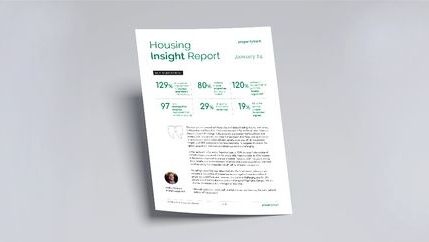
May's report is the first since the pandemic began. ARLA Propertymark postponed their monthly surveys because so many industry staff were furloughed and those who were working, were navigating the unprecedented crisis.
Rent prices
Due to the efforts of landlords recognising the financial difficulties faced by many tenants as a result of the COVID-19 lockdown, the number of tenants experiencing rent increases fell to 14 per cent – compared to 41 per cent in February, before lockdown. This was also a large decrease compared to May 2019, when nearly half (45 per cent) of tenants experienced an increase in rent.
Similarly, more tenants have been successful when asking for a rent reduction, with the number of tenants negotiating rent reductions increasing to 2.5 per cent in May – the highest since March 2019 when the success rate was 2.9 per cent.
Void periods
As a result of the housing market pause, landlords were unable to show prospective tenants’ new properties and therefore, the average time properties were empty between tenancies increased to five weeks in May. This is the longest time properties have remained void between tenancies since our records began as agents and landlords were unable to operate as normal between 23 March and 13 May.
Demand for rental property
The number of new prospective tenants fell to 70 per branch in May, compared to 82 in February. However, the level of pent-up demand during lockdown meant that despite the overall fall, this is still the highest level on record for the month of May since records began, with 60 new tenants registered in May 2018, and 69 in May 2019.
Supply of rental stock
Following the housing market reopening, the number of properties managed per branch rose to 208 in May. This is an increase from pre-lockdown when the average number of properties managed per member branch stood at 201. This figure remains the same year-on-year.





